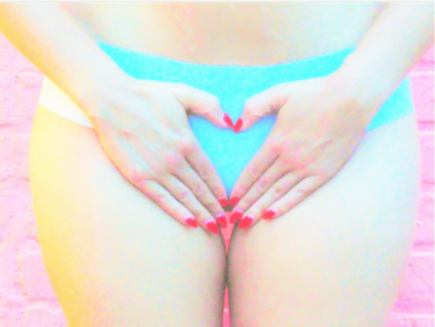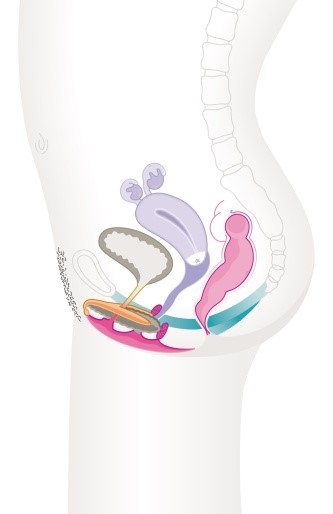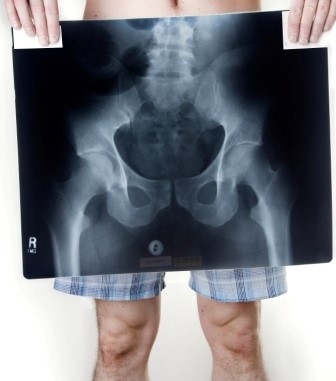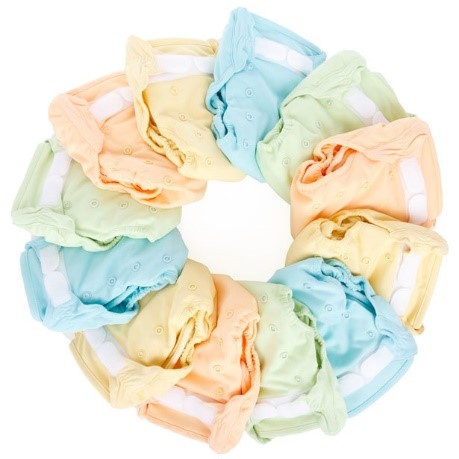Pelvic floor and abdominal muscles reeducation
The muscles of the pelvic floor are not given enough attention to, especially after giving birth.
Postnatal physical therapy aims to reinforce these muscles and improve physical fitness.
The muscles of the pelvic floor have 3 important functions:
- Closure: providing a correct closure of the urethra and rectum to insure continence. The intra-abdominal pressure will rise when coughing or sneezing and the muscles of the pelvic floor will absorb this pressure to counter involuntary urine loss
- Support: supporting the pelvic organs and preventing prolaps
- Sexual function
Weak pelvic floor muscles will lessen the possibility to absorb pressure raise in the abdomen, which will cause failure of closure every time you laugh, cough, sneeze, pick something up or jump.
The abdominal muscles also play an important role in countering intra-abdominal pressure when pressure raises.
Pelvic floor reeducation can help in treating different problems:
Urinary affections
Incontinence: stress-incontinence or urge-incontinence
Bladder, uterine, intestinal or rectal prolapse
Urine retention
Post-operatively
Intestinal affections
Fecal loss and/or incontinence for flatus
Constipation
Intestinal or rectal prolapse
Ano-rectal pain
Post-operatively
Gynaecological or sexual affections
Vaginism
Dyspareunia (pain during sexual intercourse)
Uterine prolapse
Post-operatively
Men can also experience urinary, ano-rectal and/or sexual problems.
The most frequently encountered problem being incontinence after benign or malignant prostate hypertrophy removal.
Specific reeducation for children is often needed, for example in:
Enuresis nocturna (unvolontary urinary loss during night)
Encopresis (fecal incontinence)
What does the treatment consist of?
The treatment depends on the troubles and patient, multiple treatments are often needed to get an optimal result.
Drinking schedule
Urinary schedule
Learning to contract and relax the pelvic floor muscles
Training abdominal and pelvic floor muscles
Posture correction and core stability training
Relaxation
Massage
Scar massage
Biofeedback
Balloon therapy
Prevention and advice for daily activities
The therapy results (positive or negative) are always discussed with the responsible doctor.



